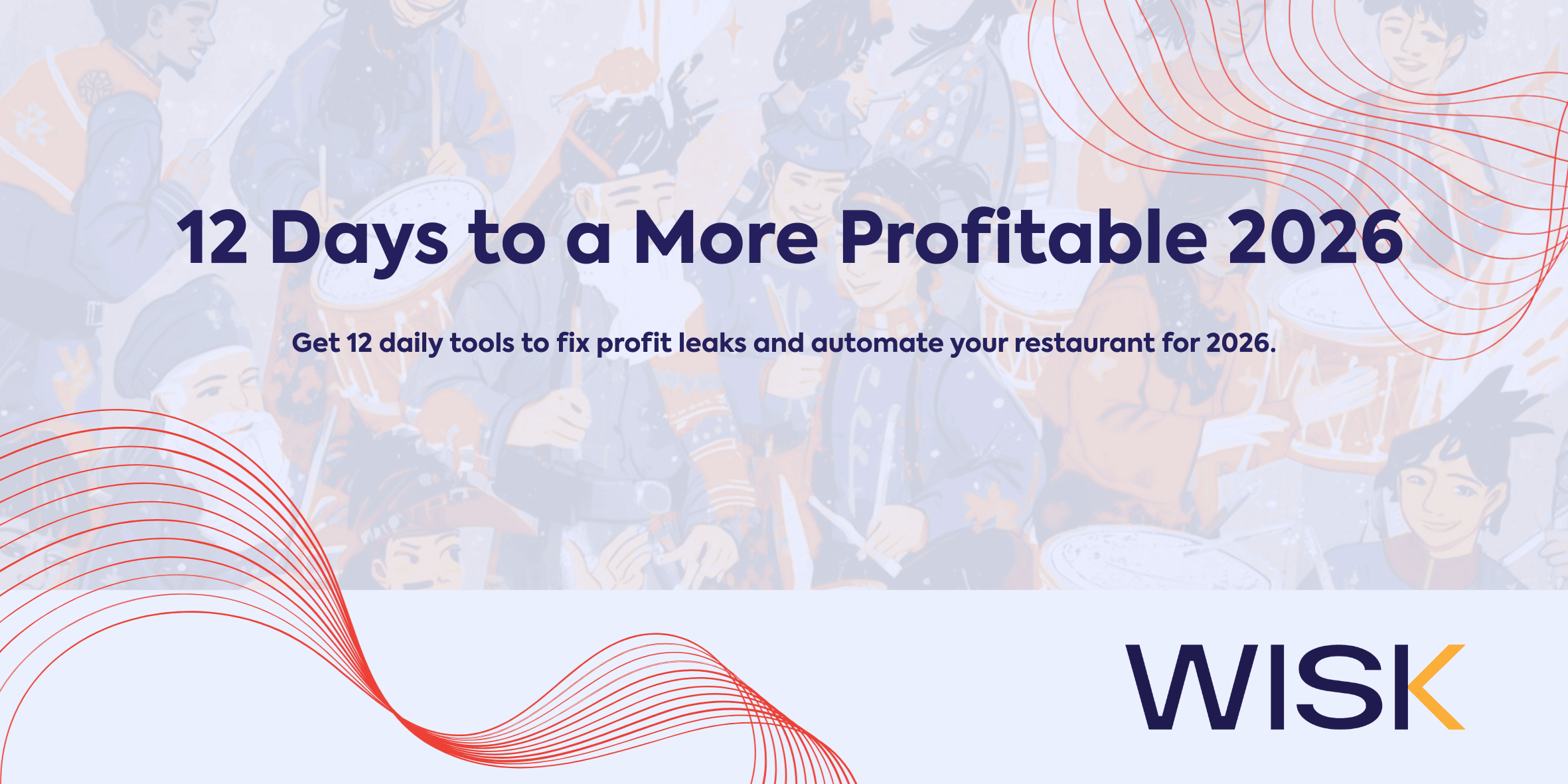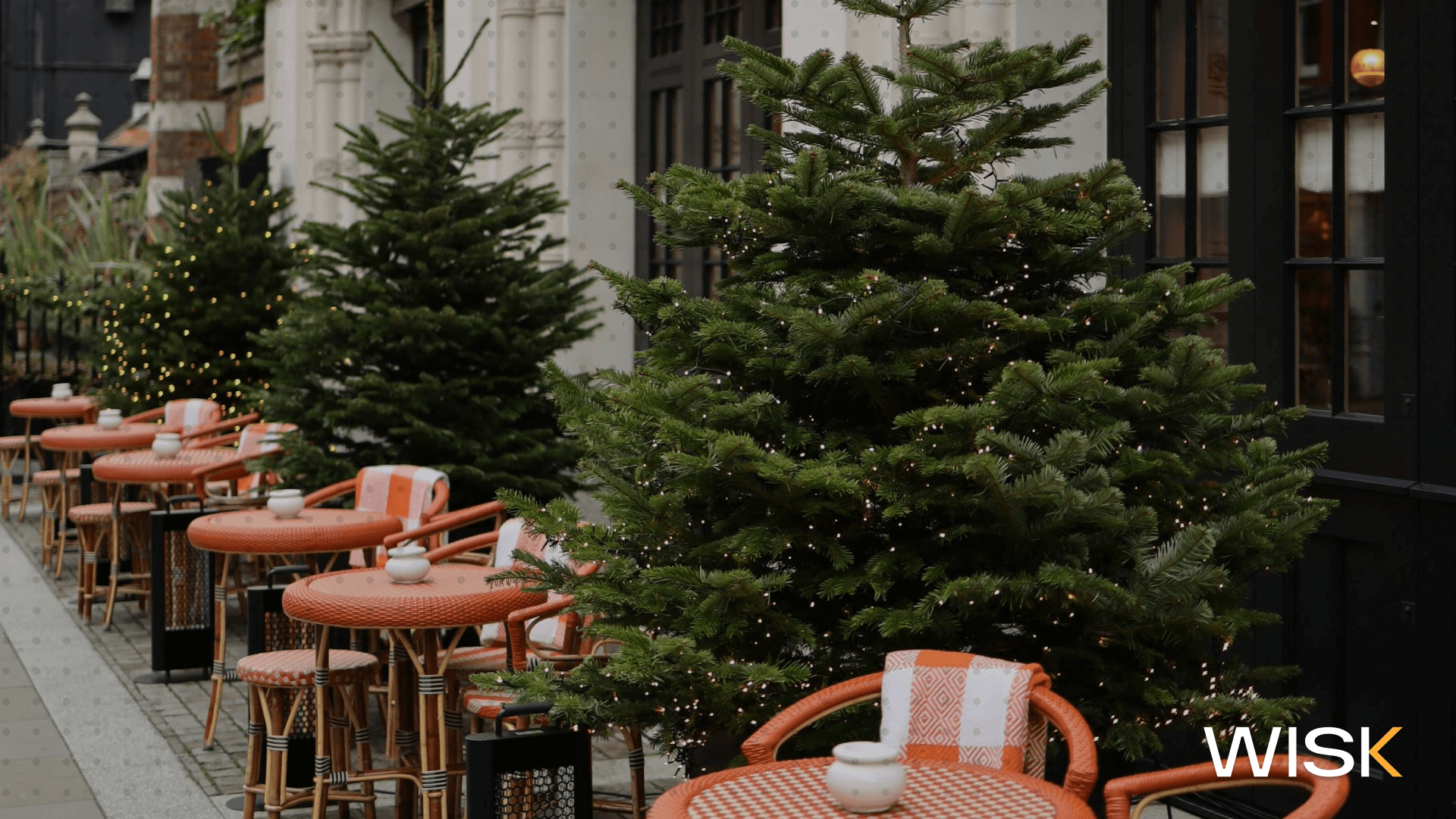Ouverture d'un restaurant c'est bien plus que choisir un menu et un nom. L'emplacement est l'un des facteurs les plus importants du succès à long terme de votre restaurant. Un bon emplacement peut générer un trafic piétonnier régulier, attirer des clients de votre marché cible et garder vos places occupées. Une mauvaise idée ? Cela peut dissuader les clients, augmenter les coûts et raccourcir la durée de vie de votre entreprise.
Découvrons comment les restaurateurs peuvent trouver le bon endroit, qu'il s'agisse d'une analyse approfondie de l'emplacement des restaurants ou de l'utilisation de stratégies intelligentes qui fonctionnent dans le monde réel.
Le rôle de l'emplacement dans le succès des restaurants
Dans le secteur de la restauration, même les meilleurs plats et services peuvent avoir du mal à prospérer au mauvais endroit.
Le bon emplacement de restaurant peut :
- Mettez-vous en face de clients potentiels qui correspondent à votre public cible
- Positionnez votre restaurant à proximité d'entreprises complémentaires qui envoient des clients vers vous
- Vous aider à vous démarquer de vos concurrents directs
Les restaurants qui réussissent choisissent souvent un emplacement qui offre un équilibre entre visibilité, accessibilité et coût. Par exemple, le fait d'être à proximité d'un centre de transport en commun ou d'une rue commerçante très fréquentée peut attirer régulièrement plus de clients.
Étape 1 : Commencez par une analyse de l'emplacement d'un restaurant
Avant de signer un bail, effectuez une analyse de l'emplacement du restaurant. Cela implique d'étudier les données et de faire des recherches sur le terrain.
Regardez :
- Circulation piétonnière : combien de personnes passent par jour ? S'agit-il de votre marché cible ?
- Commerces à proximité : y a-t-il des magasins, des bureaux ou des écoles susceptibles de générer des visites ?
- Concurrents directs : le quartier est-il déjà saturé de concepts de restauration similaires ?
- Demande du marché : la communauté souhaite-t-elle ce que vous servez ?
- Lois de zonage : la ville autorisera-t-elle votre type d'entreprise à cet endroit ?
Une analyse approfondie de l'emplacement des restaurants vous permet d'éviter des erreurs coûteuses. Des outils tels que Google Maps peuvent être d'excellentes ressources pour explorer les meilleurs emplacements et vérifier la proximité des transports en commun, des parkings et des entreprises environnantes (pour en savoir plus, cliquez ici).
Étape 2 : Alignez l'emplacement avec le concept de votre restaurant
L'emplacement de votre restaurant doit correspondre à votre concept. Un restaurant gastronomique peut prospérer dans un quartier chic, tandis qu'un café peut être préférable à proximité de bureaux ou d'une université.
Demandez-vous :
- Mon public cible se rendra-t-il régulièrement dans cette zone ?
- L'ambiance du quartier correspond-elle à ma marque ?
- Y a-t-il des entreprises complémentaires à proximité, comme des boutiques ou des espaces de coworking ?
Par exemple, un magasin de poke bowl moderne peut réussir dans une aire de restauration très fréquentée ou à proximité de centres de remise en forme où des clients soucieux de leur santé passent du temps.
Étape 3 : Pensez à l'accessibilité et à la visibilité
L'accessibilité est essentielle. Même un menu parfait ne vous fera pas économiser si les clients ne peuvent pas accéder facilement à votre restaurant.
Vérifiez :
- Les transports en commun s'arrêtent à quelques minutes de marche
- Passerelles piétonnes sécurisées
- Stationnement adéquat
- Visibilité claire depuis la route principale
Les restaurants situés dans les coins ou le long de routes très fréquentées reçoivent souvent plus de visites impulsives que ceux situés dans les ruelles. L'accessibilité attire non seulement de nouveaux clients, mais encourage également les visites répétées.

Étape 4 : Tenez compte des coûts et des conditions de location
UNE bon emplacement peut coûter plus cher, mais les dépenses de loyer excessives peuvent tuer les profits.
Pesez toujours :
- Loyer mensuel par rapport aux recettes prévues
- Longueur et flexibilité de termes du contrat de location
- Potentiel de succès à long terme dans cette zone
Cela vaut souvent la peine de payer plus cher pour un espace plus petit dans emplacement idéal plutôt que de prendre un grand espace bon marché dans une zone peu fréquentée (voir ce guide).
Étape 5 : Étudiez la concurrence et les entreprises environnantes
À proximité commerces peut vous aider ou nuire à votre réussite. Un restaurant dans un quartier avec entreprises complémentaires comme un magasin de vin ou un théâtre pourrait prospérer. Mais être juste à côté de trois autres restaurants de hamburgers ? Cela pourrait diviser votre marché.
Regardez :
- Concurrents directs: Combien y en a-t-il et dans quelle mesure sont-ils occupés ?
- Les entreprises environnantes: Est-ce qu'ils attirent votre public cible?
- Plusieurs restaurants: La zone peut-elle les supporter ou est-elle sursaturée ?
Étape 6 : Tirez des leçons des restaurants à succès
Une façon d'affiner votre stratégie de localisation des restaurants c'est étudier restaurants à succès dans votre ville.
Demandez :
- Où sont-ils localisé?
- Quel genre de circulation piétonnière est-ce qu'ils comprennent ?
- Quoi marketing est-ce qu'ils utilisent des tactiques ?
Vous pouvez également explorer des études de cas sur des entreprises de restauration florissantes pour en savoir plus.
Étape 7 : Tenez compte des autres facteurs
Alors que circulation piétonnière et les coûts sont évidents, autres facteurs peuvent faire ou défaire votre succès :
- Proximité aux bureaux, aux écoles ou aux lieux d'événements
- L'état de structure existante
- Taux de criminalité locaux
- Niveaux de bruit
- Potentiel d'expansion à l'avenir
Ces informations ont une influence sur l'expérience client, la sécurité du personnel et votre affaires croissance.
Étape 8 : Testez avant de vous engager
Si vous n'êtes pas sûr d'un emplacement pour votre restaurant, pensez à des événements éphémères, à des food trucks ou à des locations à court terme pour évaluer demande du marché. Cela vous permet de tester public cible réponse sans engager beaucoup d'argent à l'avance.
WISK.ai : votre partenaire pour gérer un restaurant rentable
Une fois que vous avez trouvé bon emplacement, le véritable défi commence : gérer une entreprise rentable entreprise de restauration. C'est là WISK.ai entre.
Le logiciel de gestion de restaurant WISK vous aide à :
- Suivez l'inventaire en temps réel
- Réduire gaspillez et contrôlez les coûts alimentaires
- Analysez les tendances des ventes pour attirer plus de clients
- Économisez des heures sur les tâches administratives afin de vous concentrer sur le service
Avec le bon emplacement du restaurant et le bons outils, vous êtes en train de configurer succès à long terme. Que vous ouvriez un nouveau restaurant ou mise à l'échelle jusqu'à plusieurs restaurants, WISK.ai peut vous aider à prendre des décisions plus intelligentes, à améliorer services, et incitez les clients à revenir.
Réservez une démo gratuite avec WISK.ai aujourd'hui et découvrez comment vous pouvez transformer le emplacement idéal dans un endroit prospère et rentable.




